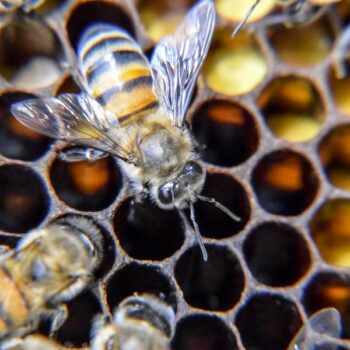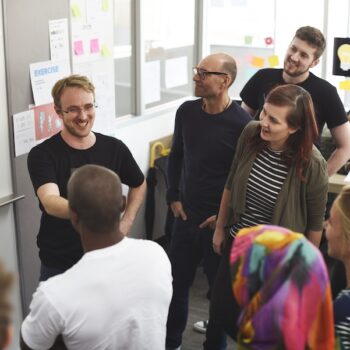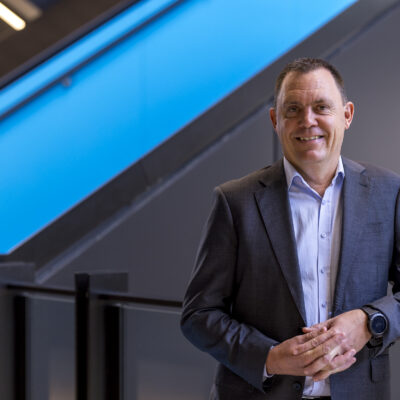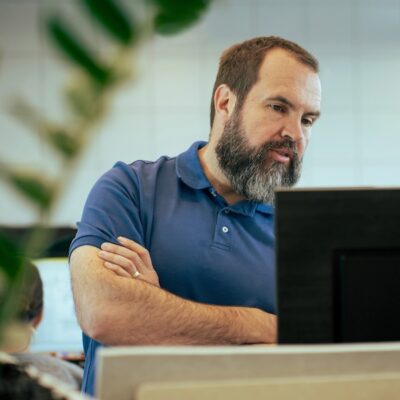The EdTech start-up building a global reputation
Being named a finalist in the world’s largest awards programme dedicated to EdTech is one of many recent achievements for Kai’s Education – the Kiwi company impacting students’ lives worldwide.
Bruce Jackson’s journey into the fascinating world of educational technology (EdTech) is both deeply personal and inspiring. Living with ADHD and a visual impairment from a young age he found traditional learning environments a significant challenge.
Later in life it gave him a unique perspective on the need for accessible and engaging educational tools.
Bruce’s first venture, 3D Printing Systems, has been described as a classic entrepreneurial success story – bootstrapping what was initially a hobby into a commercial success.
That company generated a foundation of self-funding, which in turn fuelled a disciplined growth strategy that prioritised innovation and market fit – all setting the stage for the subsequent inception and expansion of Kai’s Education.
In establishing Kai’s Education Bruce was fuelled by a desire to create an educational tool that bridges the gap from kindergarten through to career readiness. Utilising AR, VR, AI and IoT technologies, he developed a platform that caters to a diverse range of learning needs and allows students to learn at their own pace and through an inclusive setting.
Today, Kai’s Education learning programmes are being adopted by educational institutions worldwide. Its Kiwi-designed AI-assisted learning robot, KaiBot, has a deck of flashcards to teach the principles of coding in a fun and interactive way. It is supported by an online portal named Kainundrum, which allows a student’s coding to be visualised on a PC or tablet, with all manner of exciting integrations and advanced coding challenges.
In 2023, after recognising the challenges faced by blind and partially sighted students, braille and text-to-speech packages for KaiBot were also developed.
Today, both KaiBot and the more advanced Kai’s Clan collaborative AR and VR robot systems are recognised by top education professionals, with advanced learning programmes for teaching children of all ages and their teachers. In addition, both KaiBot and its online portal were recently named a finalist in the Assistive Learning category of the EdTech Awards 2024 – a global competition that recognises, acknowledges, and celebrates the most exceptional innovators, leaders and trendsetters in education technology.
A story of collaboration
In his quest for success Bruce has had a highly competent co-founder assisting him in the form of Ronel Schodt – who has a history of launching successful businesses.
Ronel immediately saw the transformative potential within Bruce’s vision and leveraged her expertise in marketing and sales to help bring the company’s educational solutions to a broader audience.
“Our collaborative efforts have expanded our reach beyond local and Australian markets, positioning us for growth in the US,” Ronel reports. “Together, we’ve established a business model that effectively utilizes channel partnerships and direct engagement with schools and districts, making our learning tools accessible to as many students as possible.
“We’re also actively pursuing investment opportunities to accelerate our growth and magnify our impact in the EdTech field.”
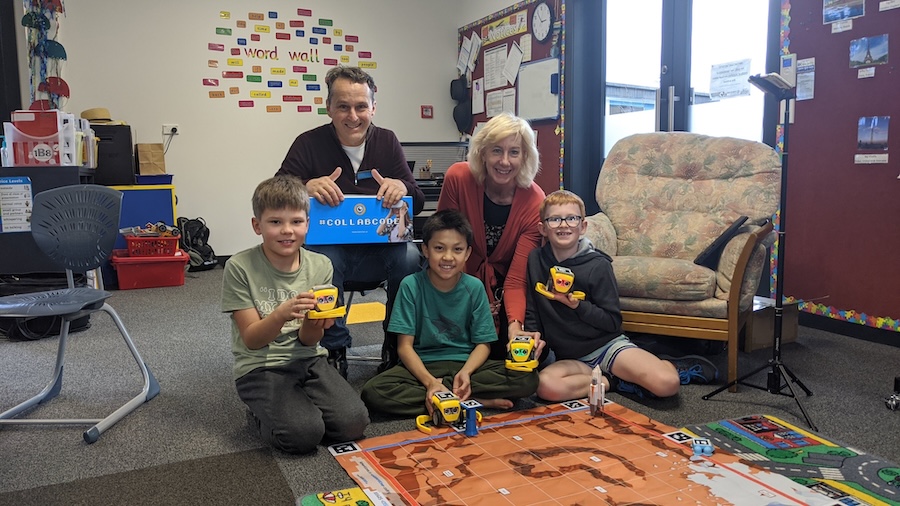
Strategic decisions
Targeting the US market, specifically Texas, was a purely strategic decision for Kai Education, explains Ronel, and influenced by a concentration of their customer base in that State, as well as the positive reception their technology received at US trade shows.
It has provided a foothold in a region with significant growth potential.
Opportunities for growth in the wider US market will come through both direct customer engagements and channel partnerships, Ronel explains. “Our experience in the US has underscored the importance of a localized approach, with a dedicated sales and customer focus team in Texas enabling us to support our partners effectively and maintain direct contact with end-users.
“This strategy has not only facilitated deeper market penetration but also provided invaluable insights into customer needs and market dynamics.”
Already Kai’s Education has opened a US subsidiary based in Delaware, with a dedicated US sales team covering a large area of the country. KaiBot is now in six US universities for teacher training; there are 450 KaiBots across 28 Utah elementary schools; and there are already more than 50,000 students using the technology.
Enormous potential
While the US remains a primary focus due to its size and diversity, Kai’s Education has also seen its products gain traction in Europe and the UAE, growing organically in these regions. There is also strong interest from Special Needs teachers around the world.
With computer science and digital technologies now becoming a compulsory part of curriculums worldwide, the potential for KaiBot and Kainundrum is enormous, according to Ronel.
“Looking ahead, we plan to leverage the lessons learned from our US market entry to explore further international opportunities, adapting our strategies to meet the demands of each new market,” says Ronel.
The immediate goal is to target $20 million in annual revenue out of the Texas market alone.
“The focus is on revolutionising STEM* learning,” explains Ronel, “making it more accessible, engaging, and relevant through the integration of AR, VR, AI, and IoT technologies.
“By empowering students globally with critical thinking and problem-solving skills, we aspire to foster a generation equipped to navigate and succeed in a digital future, while ensuring our educational tools bridge gaps across diverse learning communities.”
*Science, Technology, Engineering and Mathematics
Tips on how to thrive in overseas markets
- Product-market fit is crucial. Rather than dedicating extensive time to refining your product in isolation, prioritise getting it into the hands of users early on to validate whether it genuinely addresses their needs.
- Remember, if your solution resonates, users then become advocates, triggering organic growth through their networks.
- Concentrate your efforts where you have the strongest customer base, encouraging referrals to expand your reach naturally.
- Trade shows are exceptionally valuable for leads, offering a better ROI compared to social media advertising. They also provide a platform for direct engagement with your target audience – allowing you to demonstrate your product’s value firsthand and gather immediate feedback.


